Palmetto Bluff Real Estate Company Sales Office
Office Hours
Monday-Friday 9am - 5pm
Saturday 9am - 4pm
Sunday 12 - 4pm
Saturday 9am - 4pm
Sunday 12 - 4pm
What does the word vernacular mean to you? That’s the question that Daves Rossell, an architectural history professor at Savannah College of Art and Design, asked as he opened his lecture. Among the answers given were: traditional, indigenous, of a specific time and a specific location, and local. Rossell confirmed that these were all correct, but the question that he set out to answer was: how do you apply the word vernacular to architecture in the Lowcountry? It begins with looking at vernacular qualities and analyzing why they have remained unchanged throughout history.
Vernacular qualities can be defined as common features that don’t catch our attention from a distance and are often overlooked due to their frequent usage. Think about that medallion around your chandelier mounting, or your neighbor’s raised house, or your parents’ cherished wraparound porch. All of these are common features of Lowcountry homes that are rare finds in the north. If you take a stroll around Charleston, you might notice that many of the homes have side porches that operate as both a place to “porch” as well as their entryway. Conversely, Savannah homes also have side porches, however they are used solely as a porch, with their front door located on the street-facing side of the home. These differences are derived from the cultures that have migrated over time. (Not exactly sure what you’re trying to say here…?) Savannah-style homes are also well-known for displaying Caribbean influences and are easy to spot if you know what to look for.
There is no debate about the tradition that lives within the Lowcountry, but it goes well beyond the biscuits and fried chicken. Next time you’re in Savannah, spend some time in the neighborhoods on the border of the city like Frogtown, Currytown, and Waynesville. These areas specialize in Lowcountry architectural vernaculars and will grow your appreciation of this wonderful place we get to call home.
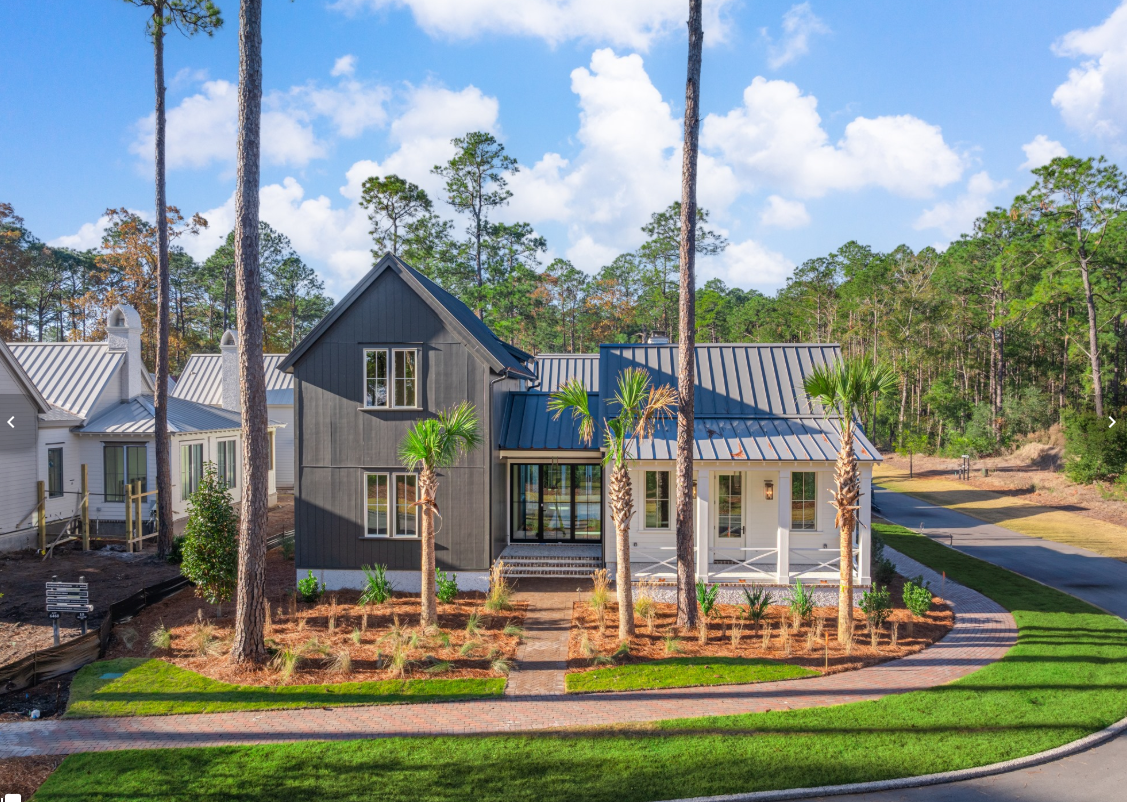
The Ultimate Choice: Building vs Buying a Home in Palmetto Bluff For those searching for Palmetto Bluff homes for sale, this common question often arises: Should you choose an existing residence, or embrace the opportunity to build your own? While a complet...

A Complete Guide to South Carolina Winter at Palmetto Bluff South Carolina's winter is unlike any other on the East Coast. While many travelers search for “South Carolina winter” expecting cooler temperatures and limited outdoor options, the Lowcountry revea...
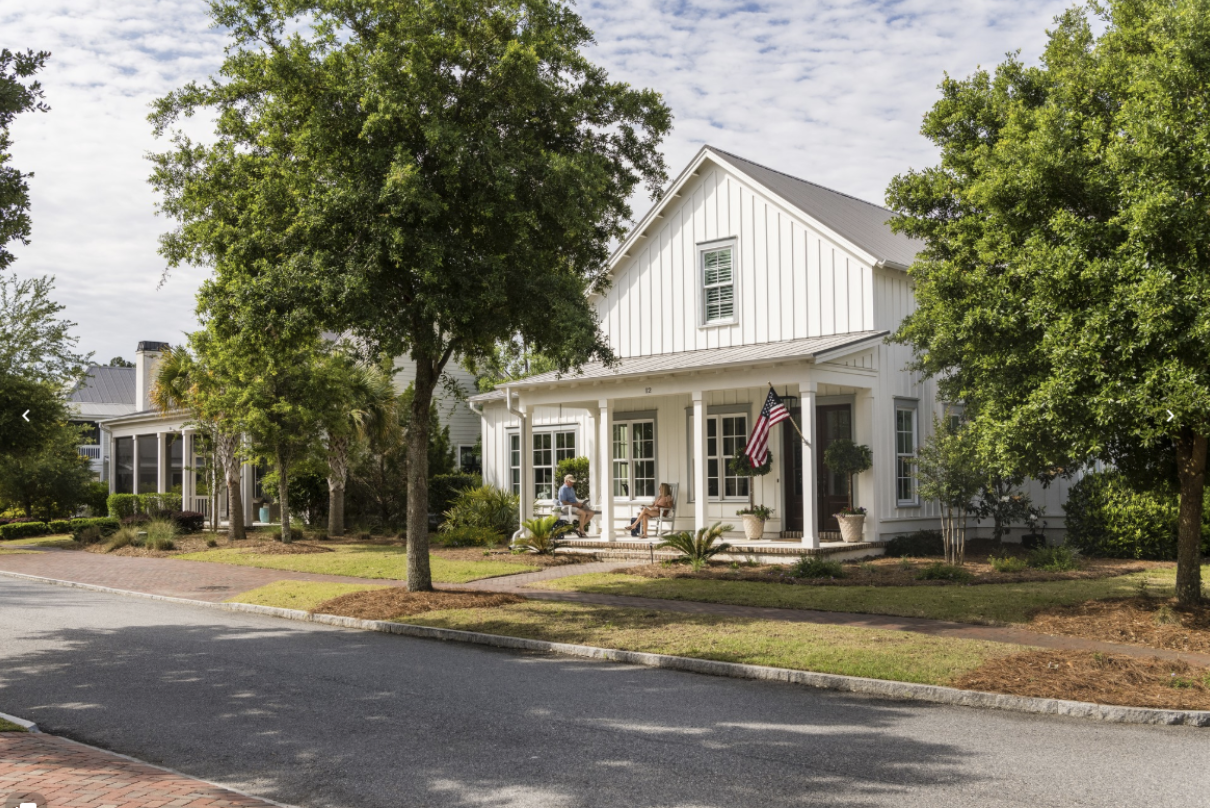
River Road: Where Lowcountry Beauty Meets Elevated Everyday Living Tucked gracefully between Wilson Village and Moreland Village, River Road is one of Palmetto Bluff’s most immersive communities. It's where the pace of life seems to soften, classic Southern ...
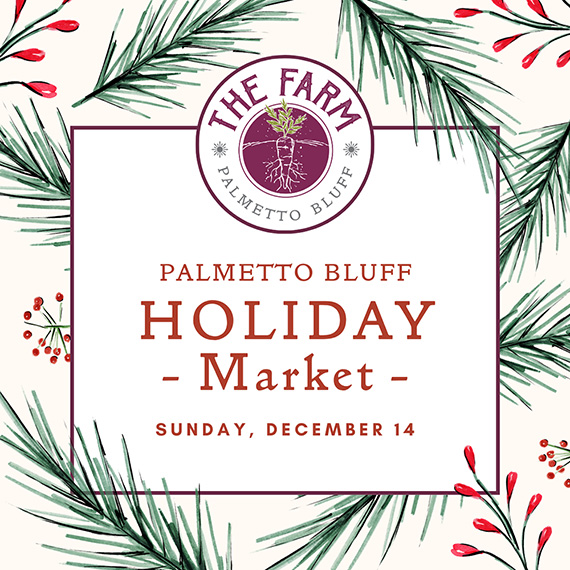
Sunday, December 14 | 9am to 1pmVillage GreenThe season’s most festive farmers market, the Holiday Farmers Market, comes to Wilson Village on Sunday, December 14, from 9am to 1pm. All are welcome to visit and experience the magic of holidays at the Bluff. The ...
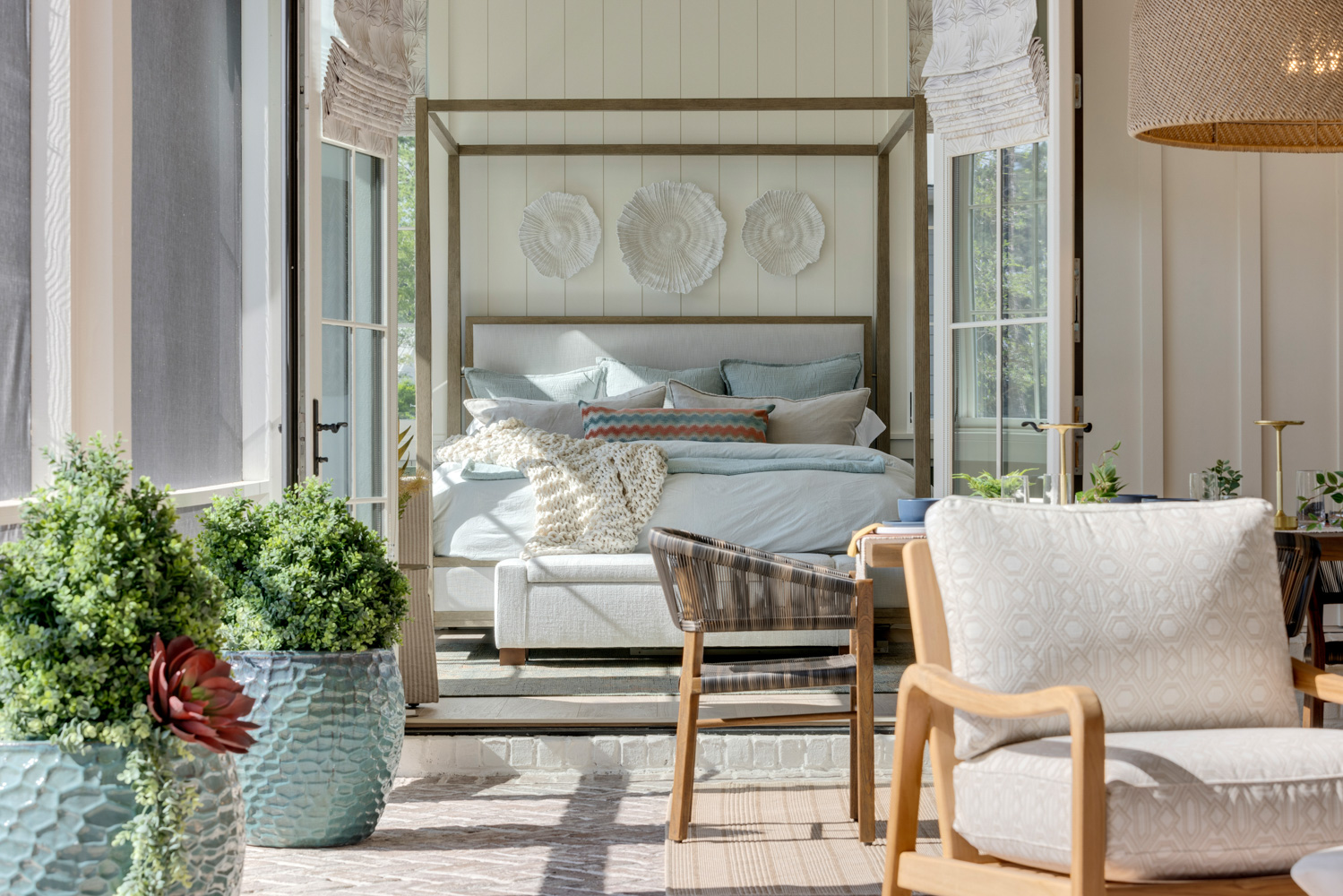
Tucked amid whispering pines and overlooking a tranquil water trail, 11 Lyonia Street is where Lowcountry charm meets modern artistry. The newly built residence redefines Southern living with a balance of craftsmanship and calm. This is a home that feels both ...
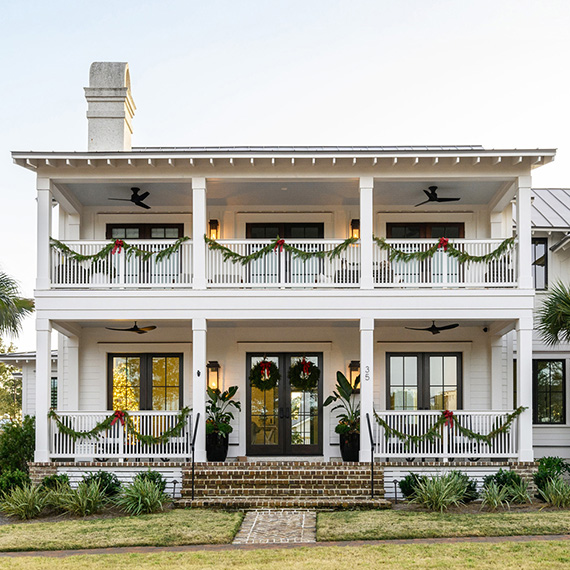
The holiday season in the Lowcountry brings crisp air, oaks draped in twinkling lights, and laughter drifting from homes where families and friends gather once again. At Palmetto Bluff, the holidays are more than just a season; they’re a feeling of togethernes...

https://vimeo.com/1071784239?share=copy&fl=sv&fe=ci We are excited to unveil the official brand identity for Palmetto Bluff’s newest chapter in golf, Anson Point. Designed by golf icons Bill Coore and Ben Crenshaw and set within more than 500 acre...

Must-Do 2025 Holiday Events in the Lowcountry There’s no better way to embrace the magic of the holidays than spending them in the heart of the Lowcountry. With its sparkling waterways, moss-draped oaks, and warm coastal charm, Palmetto Bluff transforms into ...
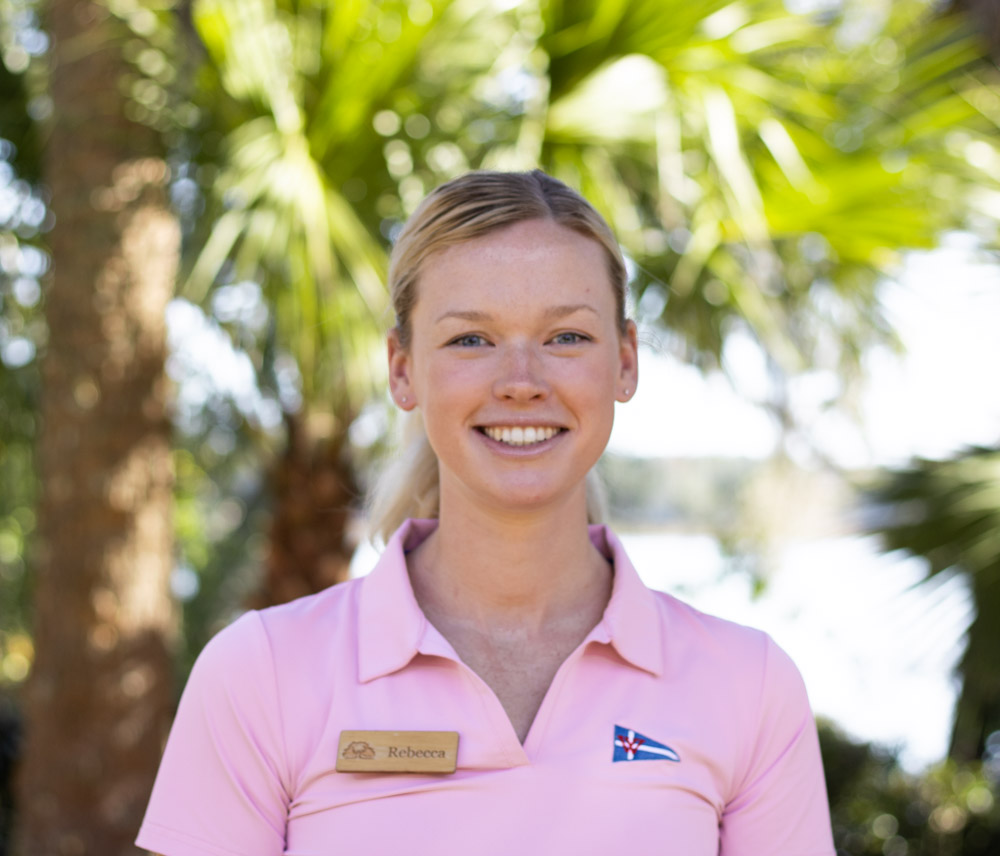
Rebecca’s Journey to Palmetto Bluff For Rebecca McCorkendale, life on the water isn’t just a career—it’s a calling that runs through generations. Growing up on Hog Island, nestled between Hilton Head and Bluffton, Rebecca was raised with salt air in her lungs...
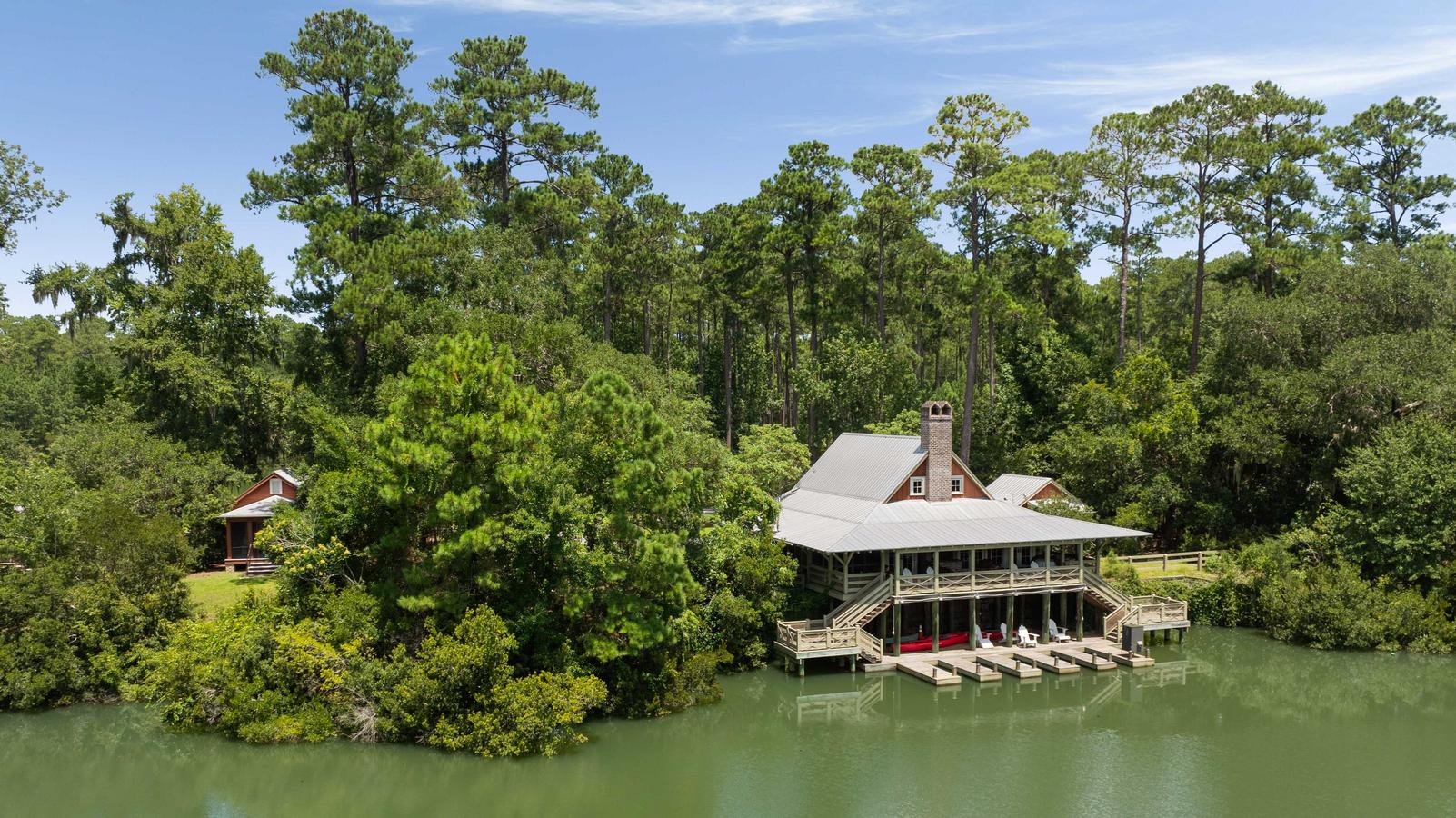
Headwaters Community in Palmetto Bluff Tucked deep within Palmetto Bluff’s untouched maritime forest, Headwaters stands apart as the community’s most private and pristine enclave. With just ten family compounds spread across more than 600 acres of scenic mars...
Learn about the Palmetto Bluff Conservancy and how we keep the vision of our land in place.
On land or water, there is an ever-evolving variety of activities.
We do not attempt to independently verify the currency, completeness, accuracy or authenticity of the data contained herein. All area measurements and calculations are approximate and should be independently verified. Data may be subject to transcription and transmission errors. Accordingly, the data is provided on an “as is” “as available” basis only and may not reflect all real estate activity in the market”. © [2023] REsides, Inc. All rights reserved. Certain information contained herein is derived from information, which is the licensed property of, and copyrighted by, REsides, Inc.